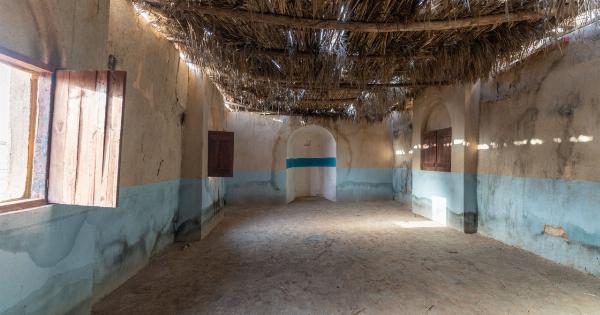Childhood cancer and birth defects are serious issues that affect a large number of individuals every year. While the two are distinct health problems, there is a connection between them that is important to understand.
What are Birth Defects?
Birth defects are physical or functional abnormalities that occur during fetal development. They may be present at birth or may be discovered later in life.
Birth defects can affect any part of the body and can range in severity from minor to life-threatening. Common birth defects include heart defects, cleft lip and palate, Down syndrome, and spina bifida.
What is Childhood Cancer?
Childhood cancer refers to any cancer that develops in children and teenagers. It includes a range of different types of cancer, such as leukemia, lymphoma, brain tumors, and bone cancer.
Childhood cancer is rare, but it is still a leading cause of death among children and adolescents.
The Connection between Birth Defects and Childhood Cancer
Research has shown that there is a correlation between birth defects and childhood cancer. Children born with certain birth defects are at a higher risk of developing cancer later in life.
This is because birth defects can be a result of genetic mutations or chromosomal abnormalities, which can also increase the risk of cancer.
Specific Examples of Birth Defects Linked to Childhood Cancer
Some specific birth defects have been shown to be linked to an increased risk of childhood cancer:.
Neurofibromatosis type 1 (NF1)
Children with NF1 have a genetic mutation that affects nerve cells. This can cause tumors to develop on the nerves, skin, and brain. These children are at an increased risk of developing leukemia, brain tumors, and other types of cancer.
Li-Fraumeni Syndrome (LFS)
LFS is a rare genetic disorder that affects the p53 gene, which is a tumor suppressor gene. People with LFS have a very high risk of developing cancer, including childhood cancers like bone cancer and brain tumors.
Down Syndrome
Children with Down syndrome have an extra copy of chromosome 21. This increases their risk of developing leukemia and other types of cancer.
Preventing Childhood Cancer in Children with Birth Defects
One way to reduce the risk of childhood cancer in children with birth defects is to identify and monitor those who are at higher risk. Genetic testing can help identify children who may be more susceptible to cancer due to a birth defect.
These children can then receive regular screenings to detect cancer early and increase their chances of a successful treatment.
Another way to reduce the risk of childhood cancer is to reduce exposure to environmental toxins. Children with birth defects may be more sensitive to environmental pollutants, so it is important to reduce exposure to these toxins as much as possible.
In Conclusion
While birth defects and childhood cancer are separate health issues, they are connected in many ways. Children born with certain birth defects are at a higher risk of developing cancer later in life due to genetic mutations or chromosomal abnormalities.
Identifying and monitoring these children, as well as reducing exposure to environmental toxins, can help reduce the risk of childhood cancer and improve overall health outcomes.






























